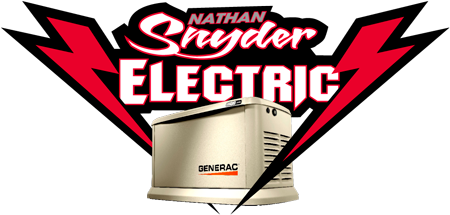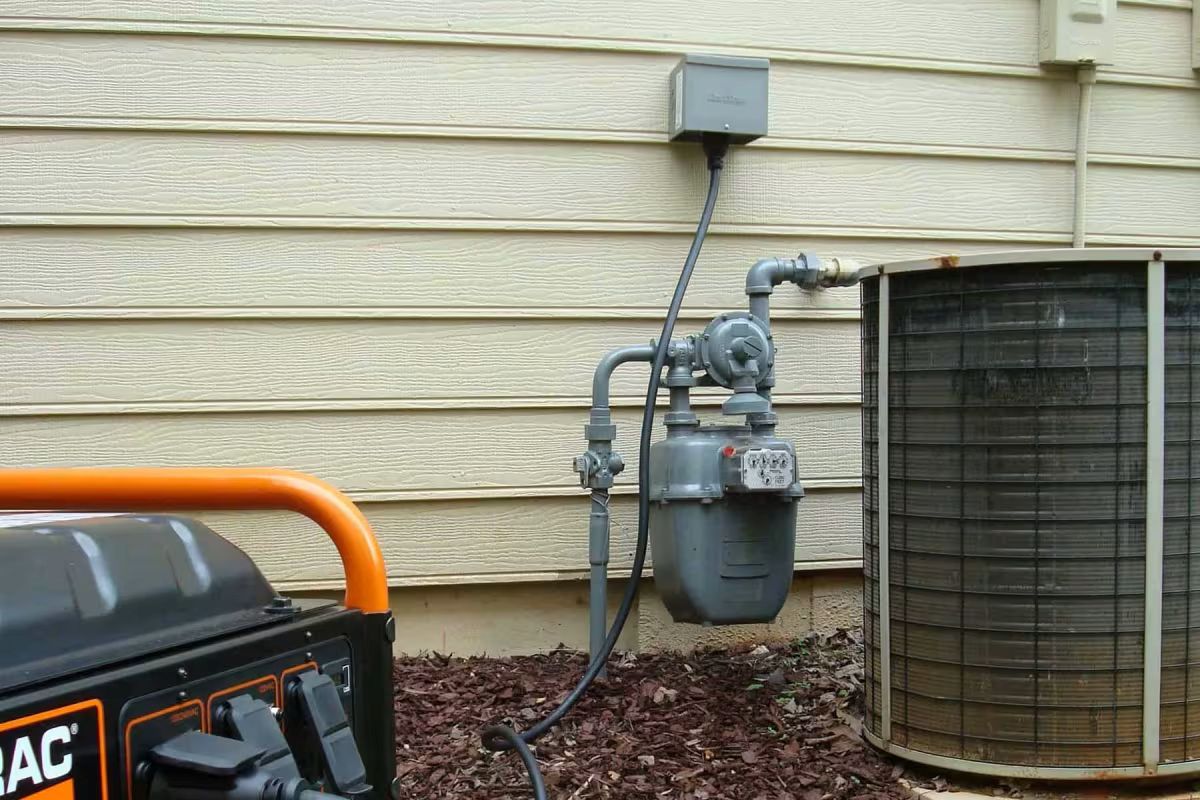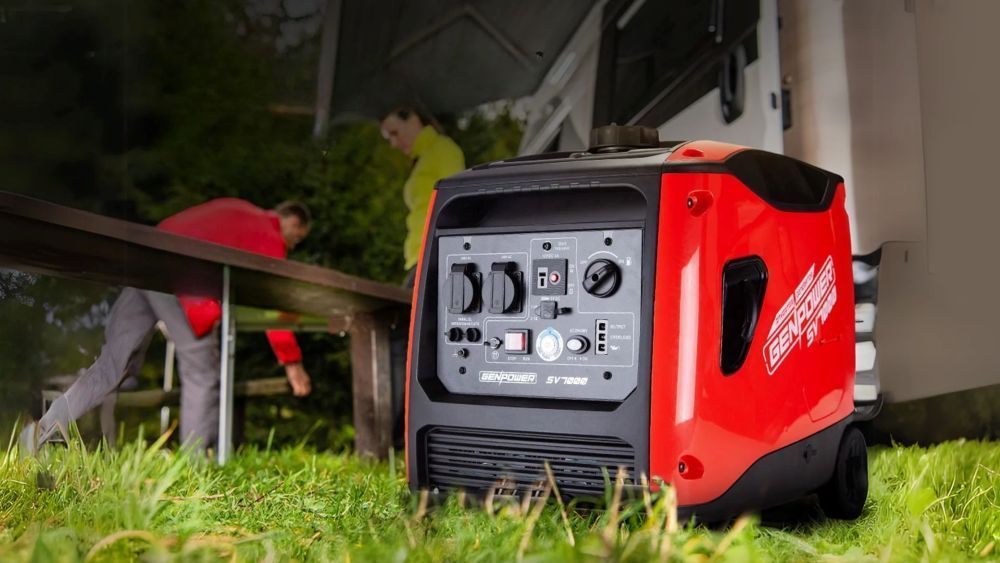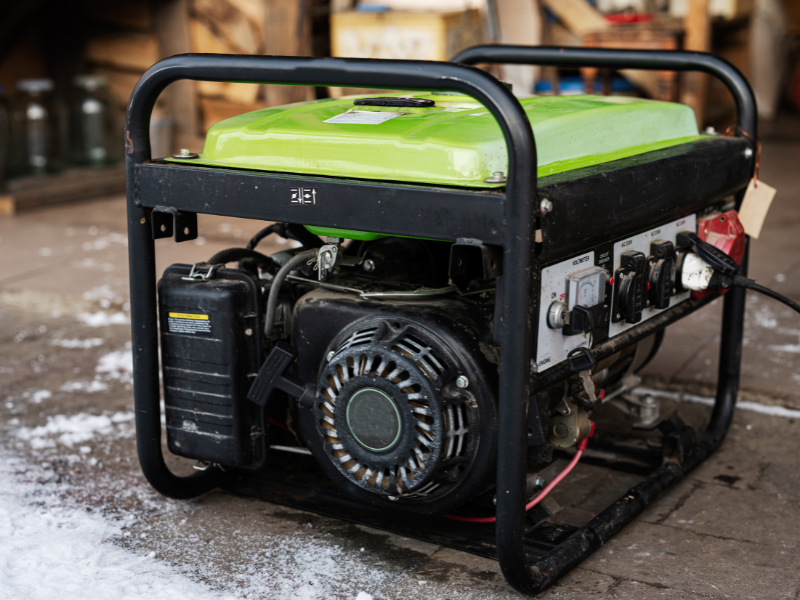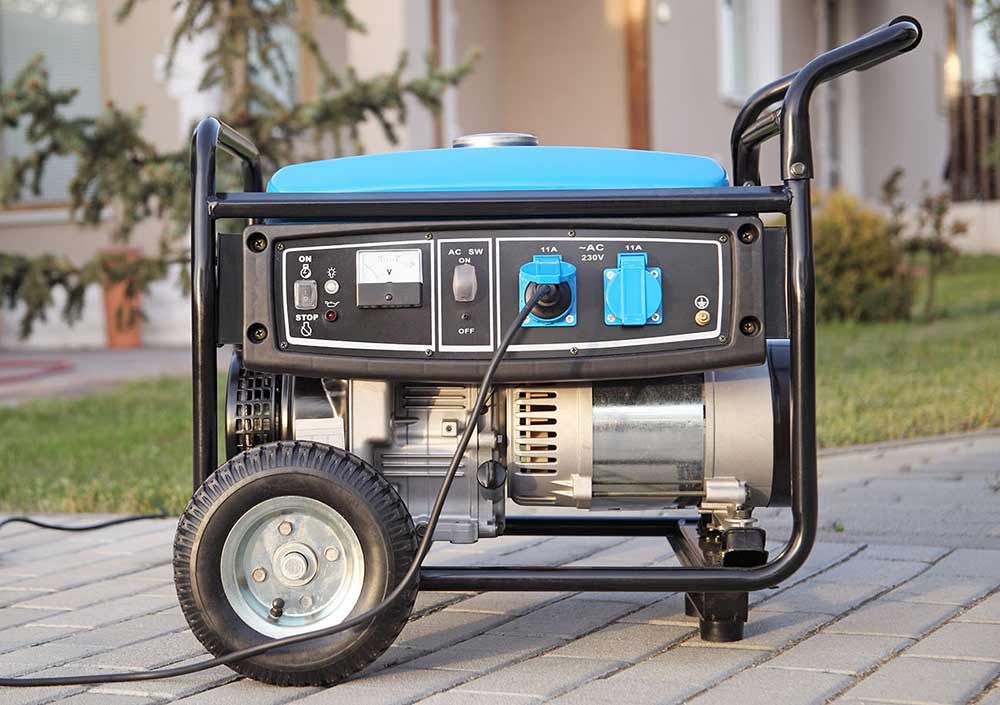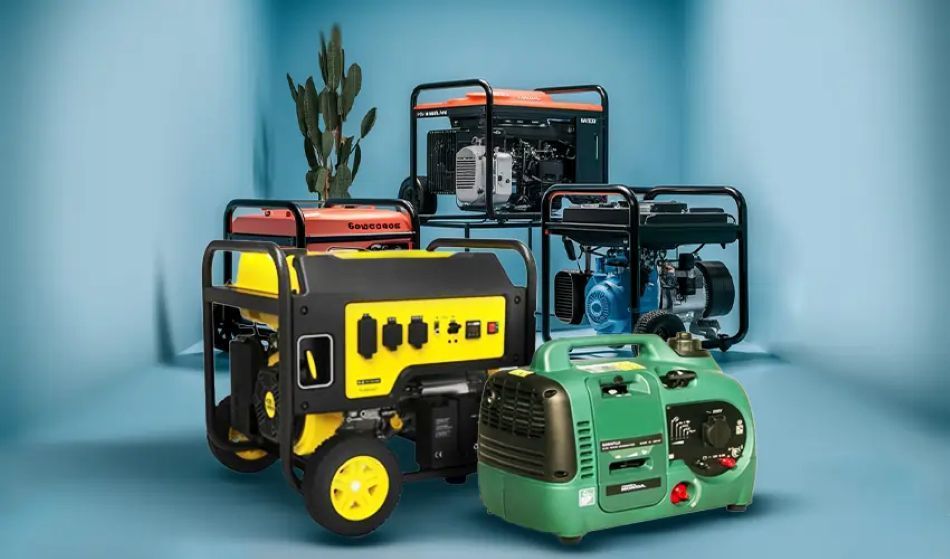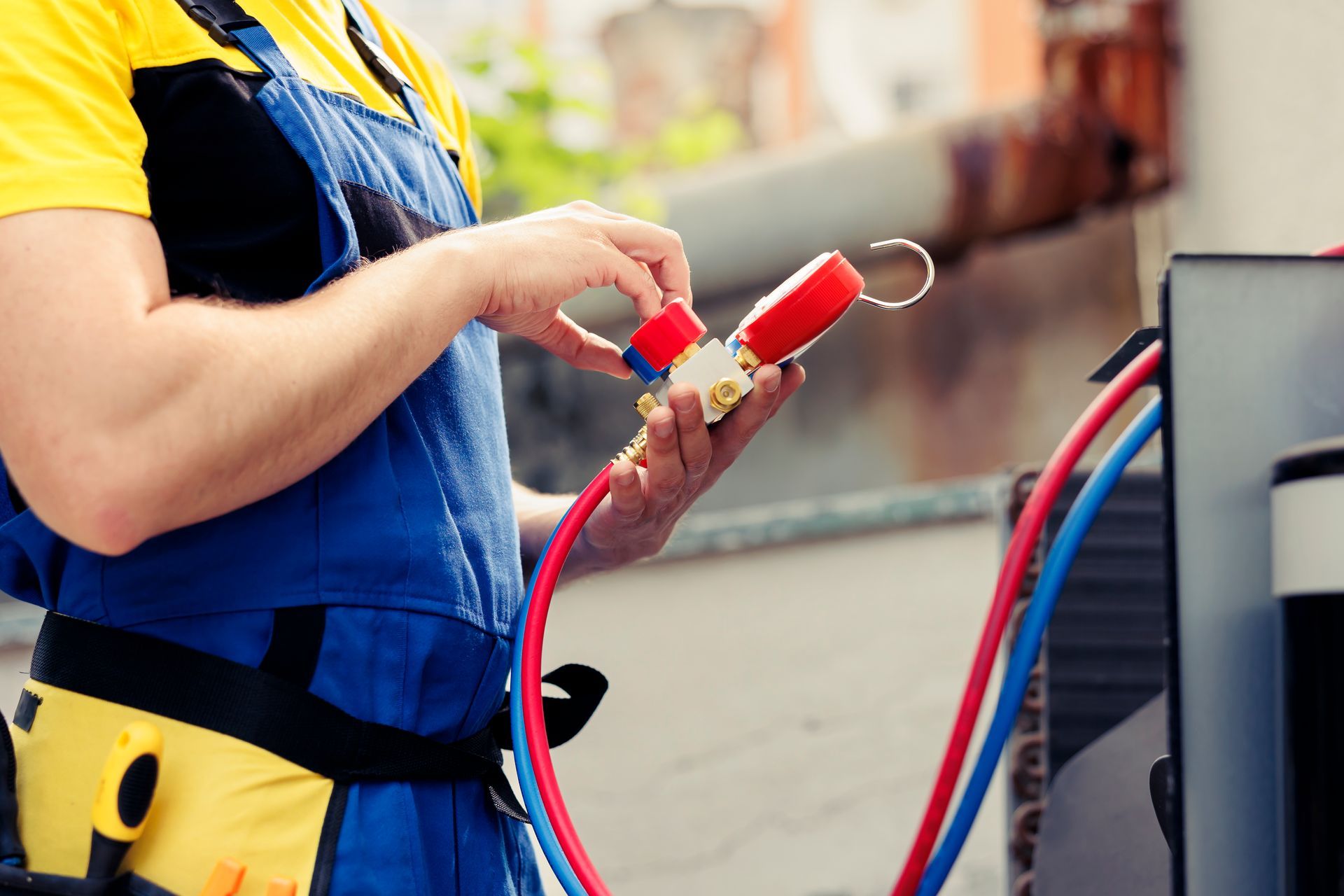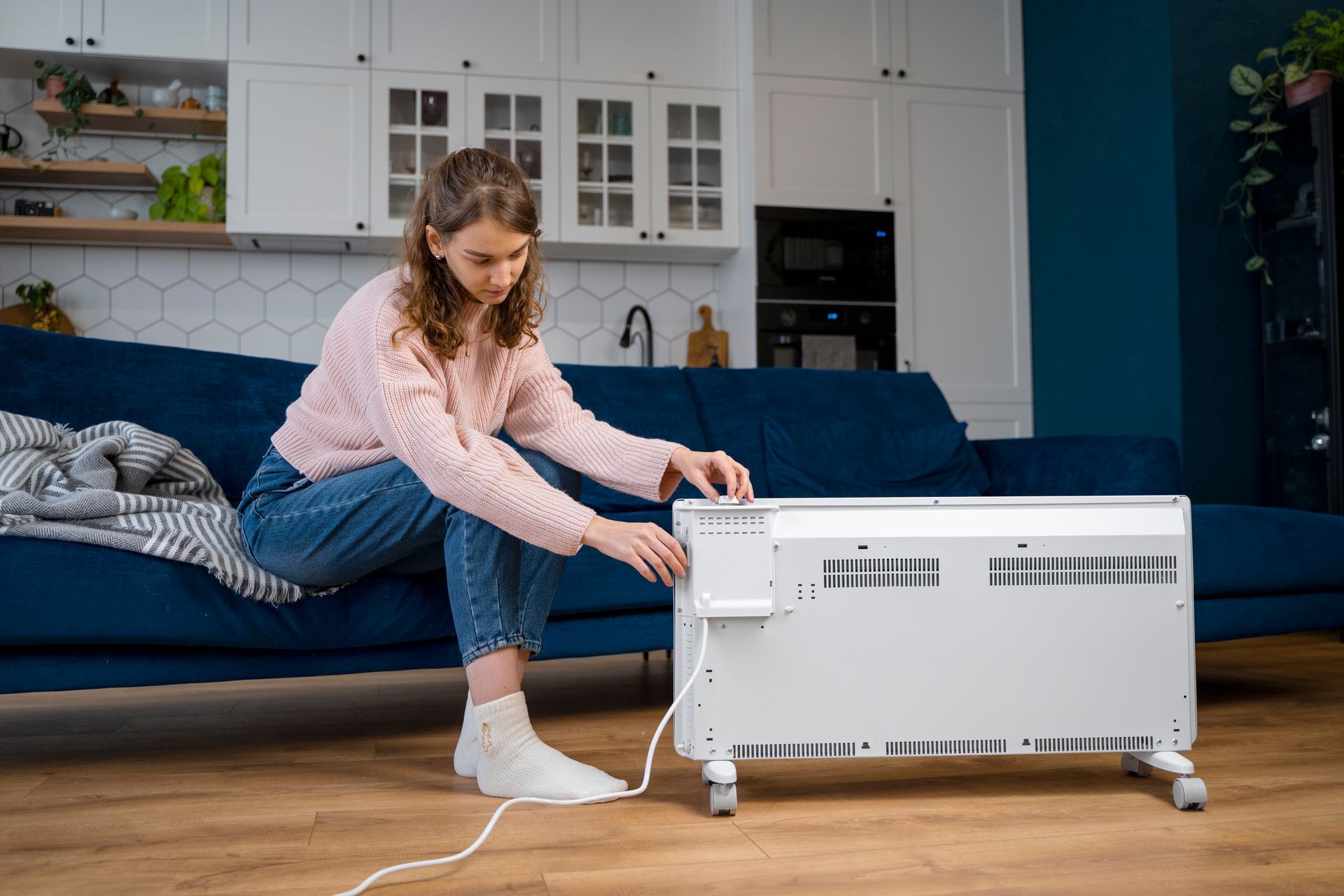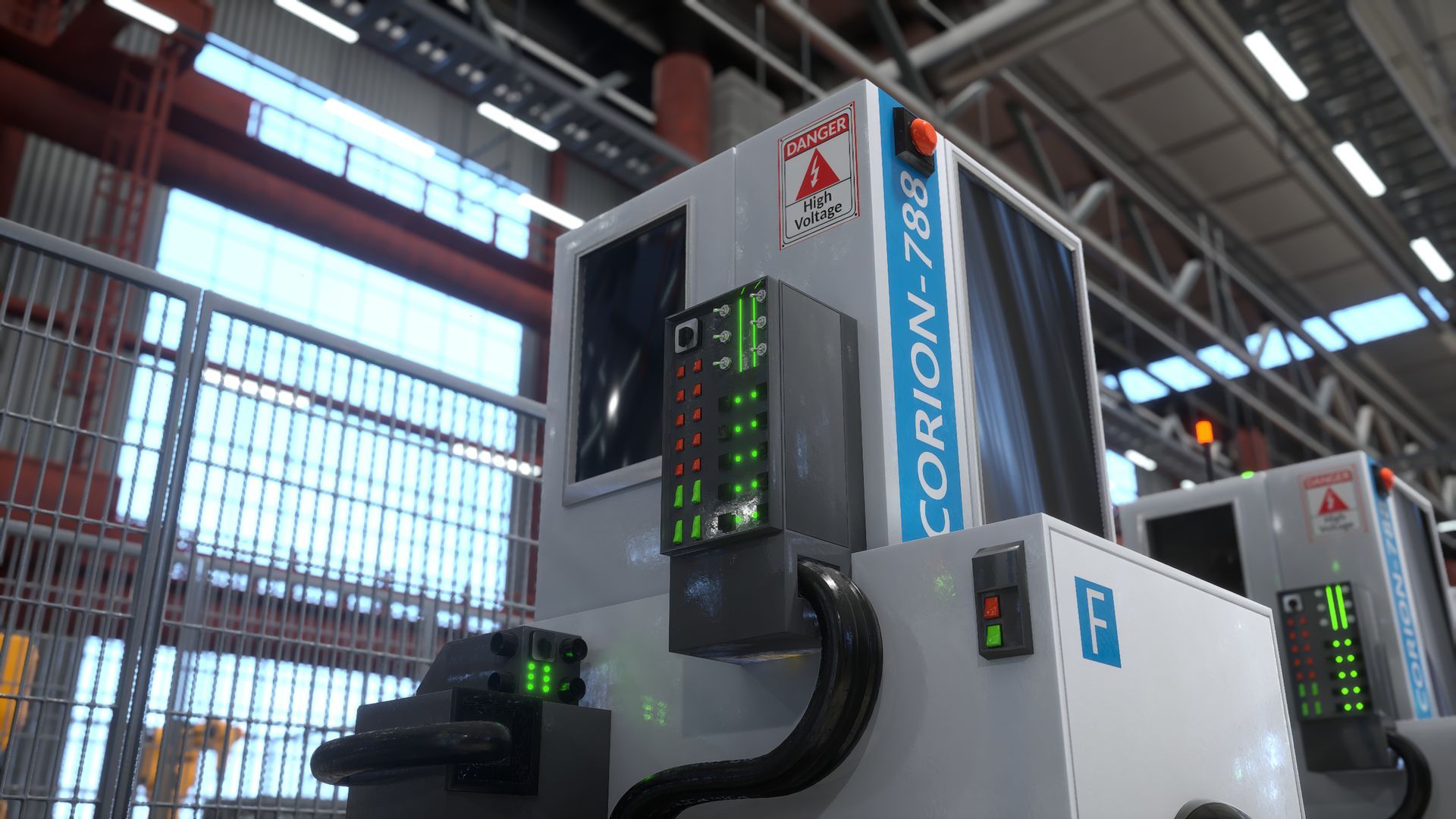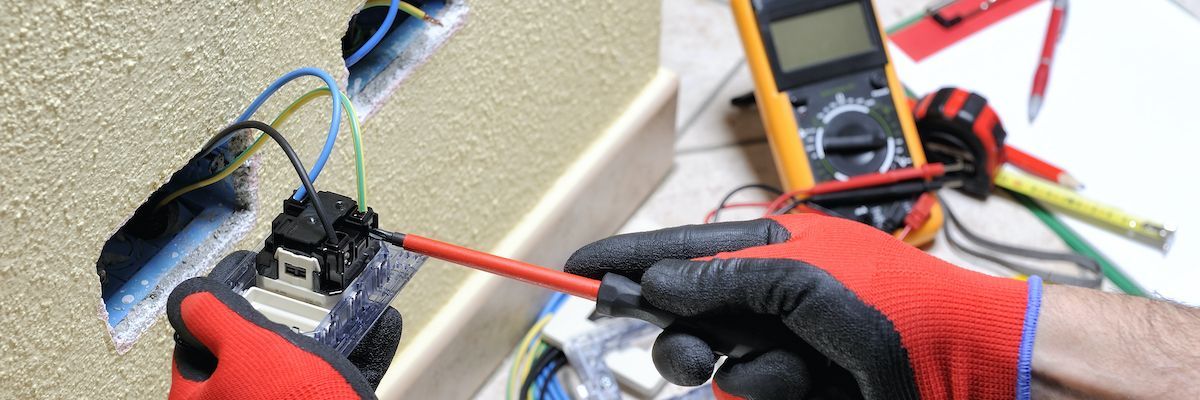What Is a Power Surge: How to Recognize and Prevent It
Power surges happen when too much electricity flows through your home's wiring system. These sudden voltage spikes can damage or destroy your expensive electronics in seconds. Many homeowners don't realize how often surges occur or how much damage they can cause. Reliable Generac dealers often encounter customers who require backup power solutions following surge-related damage. This guide will help you identify the warning signs, understand the causes of surges, and protect your home.
What Causes Power Surges
Lightning strikes during storms create the most dramatic power surges. When lightning hits power lines, it sends massive amounts of electricity through the system. But storms aren't the only problem. Your own appliances can also cause surges. When large devices like air conditioners or refrigerators turn on, they draw a significant amount of power quickly. This sudden demand can create voltage spikes.
Problems with power company equipment also cause surges. Transformers can fail, power lines can get damaged, and switching equipment can malfunction. Even small animals, such as squirrels, can cause surges when they get into electrical equipment. Understanding these causes helps you prepare better, especially if you’ve been considering a panel upgrade to modernize your home’s electrical system.
How to Spot a Power Surge
Your lights will often flicker or dim when a surge happens. You might see your TV screen get brighter or darker for a moment. Electronics might shut off by themselves or restart without warning. These are clear signs that something's wrong with your electrical system.
A burning smell near outlets is a serious warning sign. This means the surge was strong enough to damage wiring or outlets. If you smell burning, turn off the power to that area and call an electrician right away. Don't ignore these warning signs - they can prevent bigger problems later.
Why Surge Protectors Matter
Surge protectors work like electrical bodyguards for your devices. They redirect extra voltage away from your electronics and into the ground wire. This keeps dangerous amounts of electricity from reaching your valuable equipment.
Good surge protectors have special components that absorb extra energy. Look for ones with high joule ratings - this tells you how much energy they can handle. Get protectors with indicator lights so you know they're working. Some have automatic shutoff features that stop working when they can't protect themselves anymore. For broader coverage, many Generac dealers in Oklahoma City recommend combining portable surge protectors with system-wide solutions for maximum peace of mind.
How to Prevent Power Surges
Start with your home's electrical system. Make sure your wiring is up to code and all outlets are properly grounded. Old or faulty wiring increases the likelihood of surge damage. Have an electrician inspect your system if you're unsure.
Install a whole house surge protection device at your main electrical panel. This protects everything in your home at once. Use individual surge protectors for expensive electronics, such as computers and TVs. Unplug devices during thunderstorms when possible. Check your surge protectors regularly and replace them when they wear out.
Protecting Specific Electronics
Different devices need different levels of protection. Computers and gaming systems are very sensitive to voltage changes. They need surge protectors with fast response times and low clamping voltages.
TVs and entertainment systems also need good protection. Look for surge protectors with multiple outlets and USB charging ports. Make sure the protector can handle the total power draw of all your connected devices. Read the warranty - good surge protectors often cover connected equipment if they fail. If you’re moving into a new home, working with new construction electrical contractors in Oklahoma City can help ensure that surge protection and grounding are built into your system from day one.
What to Do After a Surge
First, unplug everything to prevent more damage. Check each device for obvious problems, such as burn marks, melted plastic, or unusual odors. Avoid using anything that appears damaged—it may be hazardous. Check your surge protectors next. Many have reset buttons or indicator lights that show if they're still working. If a surge protector takes a hit, it may no longer protect your devices, even if they are still functioning. Test your electronics one at a time. Start with the less expensive items first. If something doesn't work right, don't keep trying—you might make the damage worse. Call a repair technician for expensive items, such as computers or TVs. Keep receipts and take photos of any damage that occurs. Your insurance might cover surge damage, especially if it was caused by lightning. Document everything before disposing of it. Power surges are more common than most people think. They happen dozens of times each year in the average home. Most are small and don't cause obvious damage, but they still wear down your electronics over time. Taking steps to protect your home now can save you hundreds or thousands of dollars later. The cost of good surge protection is much less than replacing damaged electronics.
Related Topics:
